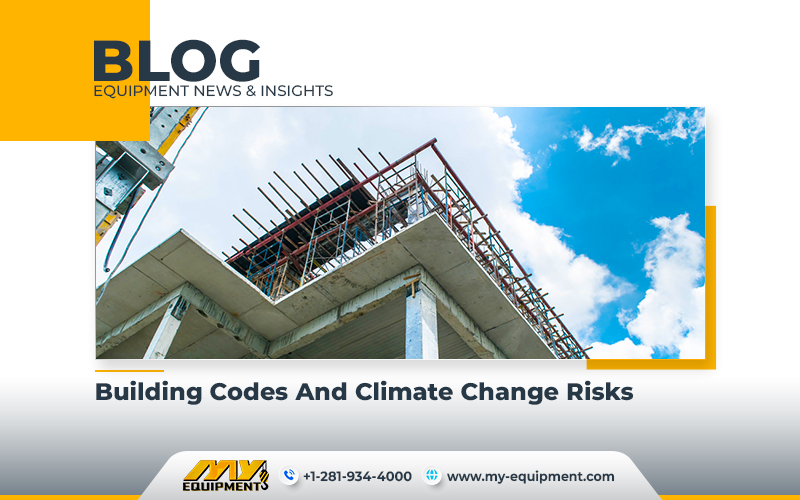As the world faces more and more environmental challenges such as flooding and wildfires, experts warn that building codes in the United States are lagging behind, putting lives and infrastructure at risk. At the Building Innovation 2023 conference in Washington, D.C., the panelists from the National Institute of Building Sciences pointed out the urgency of updating building regulations to address the changing climate and the dangers that are associated with it.
Outdated Building Regulations
Panelists put an emphasis on the fact that the pace of environmental change is outstripping the rate at which building codes are being updated. Daniel Bass, an architect with the Federal Emergency Management Agency (FEMA), revealed that only about a third of the United States is protected by disaster-resistant rules. Plus the local building and zoning regulations often fail to deal correctly with the complex interplay of climatic threats, such as wildfires, which requires a more community oriented approach.
Climate Risks
Climate change is intensifying the floods and fire risks, prompting insurance companies to withdraw the coverage from high-risk coastal areas like California, Florida, and Louisiana. The influx of the people relocating to these vulnerable regions also exacerbates the hazards and population density. A big proportion of Americans now reside in 500-year floodplains, which are now flooding more frequently than previously thought. Wildfire threats are also increasing in areas previously considered low-risk.
Inadequate Building Codes Chad Berginnis, Executive Director of the Association of State Floodplain Managers, stressed the need for building codes to evolve alongside our understanding of these climate related dangers. For instance, the National Flood Insurance Program’s minimal criteria, the foundation of flood codes nationwide, have not been updated in 45 years. Uniform guidelines for flood resistant infrastructure design are also lacking.
Addressing Multiple Extreme Weather Events
Current building codes usually only focus on resilience to a single disaster rather than the reality of facing multiple extreme weather events within a short period of time. Paul Totten, Building Enclosures Practice Leader at WSP, reminded us of this limitation. However, new codes are now being developed to address a broader range of climate-related challenges.
Advancements in Building Codes
Efforts are underway to create more and more climate conscious building codes. ASCE 7, the widely used professional standard guide for engineers, now includes a supplement discussing climate change’s impact on flooding and sea-level rise. This new standard bases load standards on the 500-year floodplain rather than the outdated 100-year benchmark. And it also introduces requirements for tornado resistant construction, a response to the increasingly common tornado occurrences.
Future Building Code Updates
Future versions of the International Building Code will include an entirely new chapter focused on addressing future circumstances, including flooding, wind, and more. These changes are set for inclusion in the 2027 International Building Code update. The National Oceanic and Atmospheric Administration is also revising precipitation estimates in Atlas 15, considering the historical data and projected climate change patterns, which will guide infrastructure design.
Need for Legislation and Land Use Consideration
While updating building codes is very much needed, these changes must be enacted into law by state and municipal legislatures before they can be enforced. The land use regulations and zoning cannot be ignored when it comes to building safety. Stakeholders in the building industry should try to engage in discussions about zoning and land use regulations and their impact on hazard reduction. According to Tim Judge, senior vice president of climate analytics at Fannie Mae, policymakers and the public need a better understanding of vulnerable areas. They can get that kind of understanding from updated risk maps.


 1400 Broadfield Blvd, Houston, TX 77084,
USA.
1400 Broadfield Blvd, Houston, TX 77084,
USA.